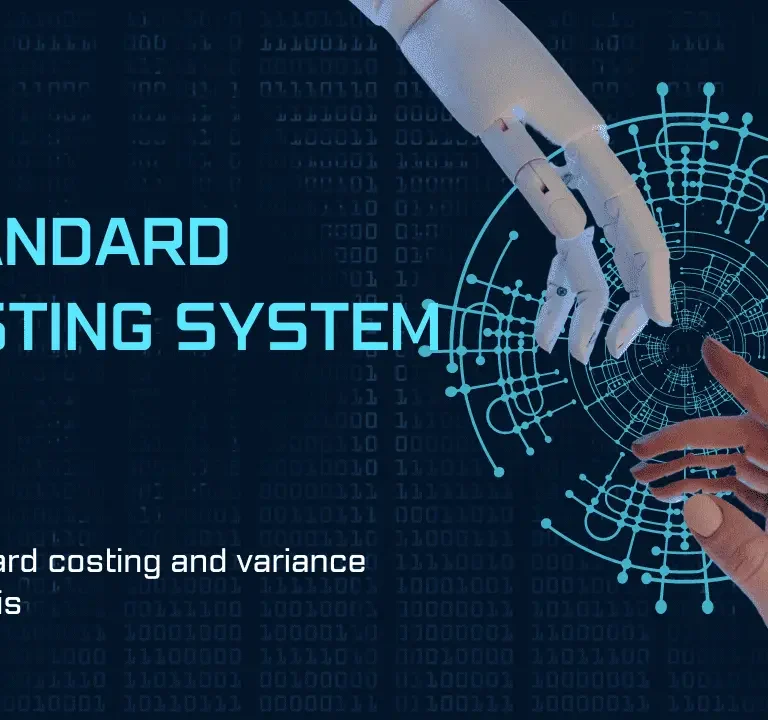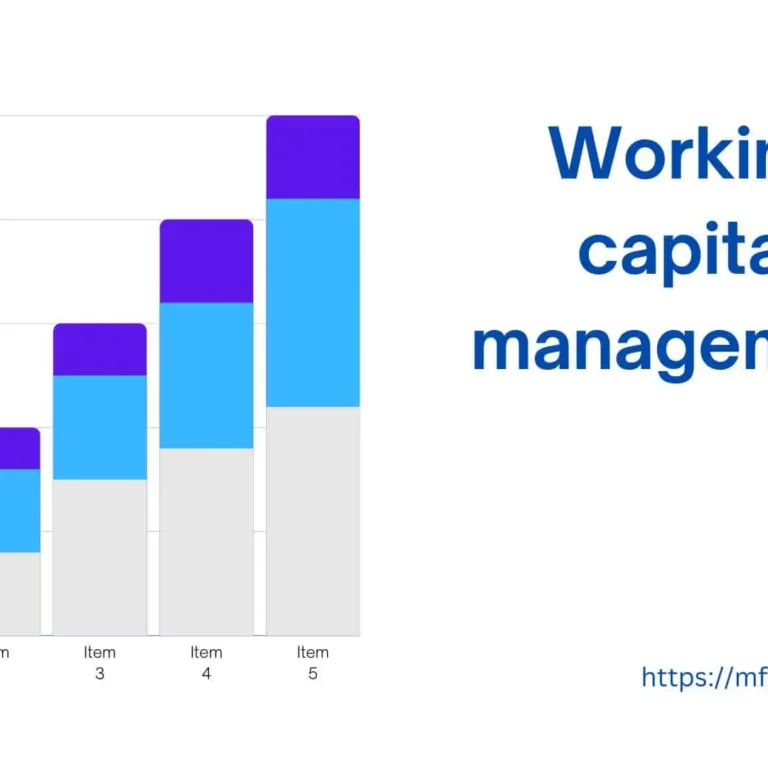Business goal setting
Business goal setting is essential for success and growth. These goals serve as a roadmap, providing direction and focus for the organization. By defining specific targets and objectives, businesses can align their efforts, allocate resources effectively, and track progress toward their desired outcomes. Well-defined goals also foster motivation and provide a sense of purpose for employees, encouraging collaboration and driving productivity.
Additionally, setting goals enables businesses to evaluate their performance, identify areas for improvement, and make informed decisions based on data and insights. Ultimately, business goal-setting is a fundamental practice that empowers organizations to strive for excellence and achieve sustainable success in a rapidly evolving marketplace.
What is the business goal?
A business goal refers to a specific outcome or achievement that an organization aims to attain within a defined period. It provides a clear target that aligns with the company’s overall vision and strategic objectives. Business goals are typically measurable and time-bound, allowing for objective evaluation and progress tracking.
These goals may encompass various areas such as revenue growth, market expansion, customer acquisition, cost reduction, innovation, or operational efficiency. By setting concrete goals, businesses establish a sense of direction, focus their efforts, and create a framework for decision-making and resource allocation. They serve as guiding principles that drive the organization forward and help measure success along the journey.
Setting SMART goal
Setting SMART business goals is a highly effective approach to goal setting. SMART stands for Specific, Measurable, Achievable, Relevant, and Time-bound. Specific goals clearly define what needs to be achieved, leaving no room for ambiguity. Measurable goals have quantifiable criteria that enable progress tracking and evaluation. Achievable goals are realistic and attainable within the resources and capabilities of the organization.
Relevant goals align with the overall objectives and priorities of the business, contributing to its success. Time-bound goals have a specific timeframe or deadline, providing a sense of urgency and enabling effective planning. By following the SMART framework, businesses can ensure that their goals are well-defined and actionable, and facilitate focused efforts towards tangible results.
How to set SMART business goals
These key steps will help you set SMART goals for your business. The first step is to make sure your goals are specific by clearly defining what you want to accomplish. Rather than saying “increase sales,” specify “increase monthly sales by 10%.”
Second, ensure that your goals are Measurable by setting quantifiable criteria for tracking progress. Revenue figures, customer satisfaction ratings, or other relevant metrics could be used. Secondly, set goals that are realistic and achievable based on the resources, capabilities, and market conditions you have at your disposal.
It’s important to challenge yourself, but also ensure that success is within reach. Additionally, make sure your goals are Relevant to your overall business objectives and aligned with your long-term vision. Finally, make your goals Time-bound by setting a specific deadline or timeframe for achievement.
This adds a sense of urgency and helps with effective planning and accountability. By setting SMART business goals, you create a framework that promotes clarity, focus, and actionable steps toward success.
Examples of SMART Business goal setting for manufacturing
Here are some examples of SMART business goals for the manufacturing industry:
Increase production efficiency:
Increase overall equipment effectiveness (OEE) by 10% within the next six months through the implementation of lean manufacturing principles, process optimization, and employee training.
Reduce defect rates:
Decrease the defect rate by 15% in the next quarter by implementing quality control measures, improving inspection processes, and enhancing supplier partnerships.
Enhance product innovation:
Launch at least three new product variations within the next year to meet changing customer demands and increase market share, with each new product generating a minimum of 10% additional revenue.
Improve inventory management:
Reduce inventory holding costs by 20% within the next nine months by implementing a just-in-time (JIT) inventory system, utilizing demand forecasting tools, and streamlining procurement processes.
Enhance workplace safety:
Achieve a zero-accident record by the end of the year by conducting regular safety training, implementing safety protocols, and encouraging employee participation in safety initiatives.
These examples demonstrate specific, measurable, achievable, relevant, and time-bound goals that are tailored to the manufacturing industry. They provide clear targets, metrics for evaluation, and timeframes for achievement, allowing the organization to track progress and drive improvement in critical areas.
Types of business goals
There are several types of business goals that organizations commonly set to guide their activities and drive success. Some of the key types of business goals include:
Financial Goals:
These goals focus on the financial aspects of the business, such as increasing revenue, profit margins, market share, or return on investment (ROI). Examples include achieving a specific sales target, improving cash flow, or reducing costs.
Growth Goals:
Growth goals involve expanding the business in terms of market reach, customer base, or product/service offerings. This could include goals such as entering new markets, opening additional locations, or launching new product lines.
Customer-Related Goals:
These goals center around enhancing the customer experience, satisfaction, and loyalty. Examples may include increasing customer retention rates, improving customer service, or implementing personalized marketing strategies.
Operational Goals:
Operational goals aim to improve the efficiency, productivity, and effectiveness of business operations. This could involve goals such as streamlining processes, optimizing supply chain management, or reducing production cycle times.
Innovation and R&D Goals:
These goals focus on fostering creativity, innovation, and research and development efforts within the organization. Examples include launching new products or services, investing in research and development initiatives, or implementing continuous improvement processes.
Employee-Related Goals:
These goals center around the development, engagement, and well-being of employees. Examples include improving employee satisfaction, implementing training and development programs, or promoting a diverse and inclusive workplace culture.
Sustainability Goals:
Sustainability goals aim to minimize the organization’s environmental impact and promote sustainable practices. This could include goals such as reducing carbon emissions, implementing eco-friendly processes, or achieving specific sustainability certifications.
Advantages of business goals
Clarity and Focus:
Business goals provide clarity and direction by defining what the organization aims to achieve. They help align efforts and resources towards a common objective, ensuring that everyone is working towards the same desired outcomes.
Motivation and Engagement:
Having clear goals in place can motivate employees by providing them with a sense of purpose and direction. Goals create a sense of challenge and achievement, which can enhance employee engagement and drive higher levels of productivity.
Measurement and Evaluation:
Goals provide a framework for measuring progress and evaluating performance. By setting specific and measurable goals, organizations can track their advancements, identify areas of improvement, and make data-driven decisions to stay on track or make necessary adjustments.
Prioritization and Resource Allocation:
Goals help prioritize activities and allocate resources effectively. They provide a basis for determining which initiatives or projects are most important and deserve the allocation of time, budget, and manpower, ensuring optimal use of resources.
Strategic Alignment:
Business goals ensure that the efforts of the organization are aligned with its long-term strategic vision. They help maintain focus on overarching objectives and prevent diversion into activities that may not contribute to the overall strategic direction.
Decision Making:
Having clearly defined goals facilitates decision-making processes. Goals provide a framework for evaluating options, as decisions can be assessed based on their alignment with the established goals and their potential impact on achieving desired outcomes.
Continuous Improvement:
Business goals encourage a culture of continuous improvement. By regularly reviewing and reassessing goals, organizations can identify opportunities for growth, innovation, and refinement of their strategies and processes.
Accountability and Transparency:
Goals promote accountability by establishing clear expectations and responsibilities. They enable organizations to hold individuals and teams accountable for their performance and foster transparency by communicating progress and outcomes to stakeholders.
How to track goals and improvements
Tracking goals and improvements are crucial to ensure progress and make informed decisions. Here are some steps to effectively track goals and improvements:
Define Key Performance Indicators (KPIs):
Identify the key metrics and indicators that will measure progress towards your goals. These could be quantitative measures such as revenue, sales growth, and customer retention rates, or qualitative measures like customer satisfaction scores or employee engagement surveys. Ensure that the chosen KPIs align with your goals and provide meaningful insights.
Establish Baselines and Targets:
Set baseline measurements to establish a starting point for your KPIs. Then, determine target values or milestones that you aim to achieve. Clear targets provide a benchmark for progress evaluation and enable you to assess whether you’re on track or need to make adjustments.
Implement Tracking Systems and Tools:
Utilize tracking systems or tools that enable you to monitor and collect data related to your KPIs. This could involve using project management software, customer relationship management (CRM) systems, analytics platforms, or other specialized tools. Automating data collection and tracking processes can save time and provide real-time visibility into your progress.
Regularly Monitor and Measure:
Continuously monitor and measure your KPIs to track progress. This can be done on a weekly, monthly, quarterly, or annual basis, depending on the nature of your goals. Regular monitoring allows you to identify trends, spot deviations from targets, and take timely corrective actions if needed.
Analyze and Interpret Data:
Analyze the data collected from your tracking efforts to gain insights into performance and improvement areas. Look for patterns, trends, and correlations in the data to identify factors that contribute to success or hinder progress. This analysis can help you make informed decisions and refine strategies.
Communicate Progress:
Share progress updates with relevant stakeholders, such as team members, managers, or investors. Regularly communicate progress, successes, and challenges to keep everyone informed and engaged. This transparency fosters accountability and encourages collaboration toward achieving goals.
Make Adjustments as Needed:
Based on your tracking and analysis, make necessary adjustments to your strategies or action plans. If you’re not progressing as desired, consider identifying bottlenecks, reassessing approaches, or reallocating resources to address the areas that need improvement.
Continuously Improve:
Use the insights gained from tracking and analysis to drive continuous improvement. Leverage the data to identify best practices, replicate successful strategies, and implement changes that lead to better outcomes.
Limitations of business goal setting
Narrow Focus:
Business goals can sometimes create a narrow focus on specific targets or outcomes. This narrow perspective may lead to a neglect of other important aspects of the business, such as employee development, customer satisfaction, or long-term sustainability. It’s essential to maintain a balanced approach and consider the broader implications of goal pursuit.
Lack of Flexibility:
Setting rigid goals may limit the organization’s ability to adapt to changing circumstances or unforeseen opportunities. In dynamic and uncertain business environments, being too fixed on predetermined goals can hinder agility and prevent the organization from capitalizing on emerging trends or market shifts.
Unrealistic Expectations:
Goals that are set too high or without considering the available resources and capabilities can create unrealistic expectations. This can lead to frustration, demotivation, and a loss of confidence when goals are not achieved. It’s crucial to set goals that are challenging yet achievable within the organization’s capacity.
Limited Scope:
Goals may focus primarily on quantitative outcomes and financial measures, overlooking important qualitative factors. For instance, a sole emphasis on financial targets may neglect aspects such as employee satisfaction, ethical practices, or social responsibility. A broader perspective that includes non-financial indicators is necessary for a holistic approach to business success.
Potential for Misalignment:
Goals that are not well-aligned with the overall vision, values, or strategic direction of the organization may lead to conflicting priorities and confusion among employees. It’s important to ensure that goals are in harmony with the broader organizational objectives to promote unity and synergy.
Overemphasis on Short-Term Results:
Business goals often have specific timeframes or deadlines, which may lead to a focus on short-term results at the expense of long-term sustainability and growth. Balancing short-term achievements with a forward-looking perspective is crucial to ensure sustained success.
Lack of Contextual Consideration:
Goals should be set with a deep understanding of the internal and external context in which the organization operates. Failure to consider factors such as market conditions, competitive landscape, regulatory changes, or technological advancements can render goals irrelevant or unattainable.
Potential for Negative Behaviors:
In some cases, the pursuit of goals can incentivize unethical behavior or a fixation on quantity over quality. This can occur when the emphasis is solely on achieving targets without considering the means or potential unintended consequences.




